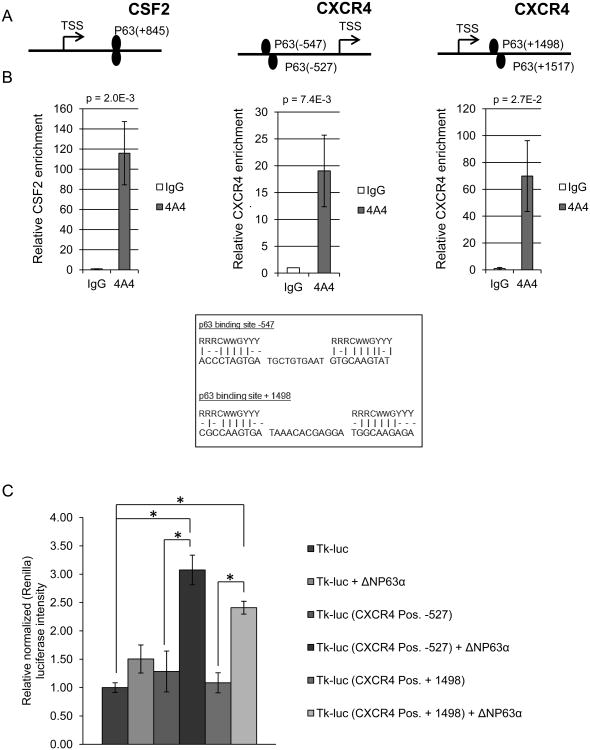Figure 2. ΔNP63α binds to the CXCR4 promoter region.
A) Predicted p63 binding sites on the CSF2 (positive control) and CXCR4 gene promoter regions [base pairs from transcription start site (TSS) denoted, P63 putative binding sites – lower right)]. B) ChIP assay performed on SUM-102 cells using anti-p63 (4A4) and IgG isotype antibodies which were then subjected to real-time PCR. Values are mean relative binding activity over isotype control for endogenous p63. C) H1299 cells were transfected with a parental control luciferase plasmid or one containing the CXCR4 promoter sequences that are bound by ΔNP63α in the presence or absence of ectopic ΔNP63α. Luciferase activity was measured on a luminometer 24hr post transfection. Data are means ± S.D.; and performed in triplicate (n=3), * indicate a P-value < 0.05.

